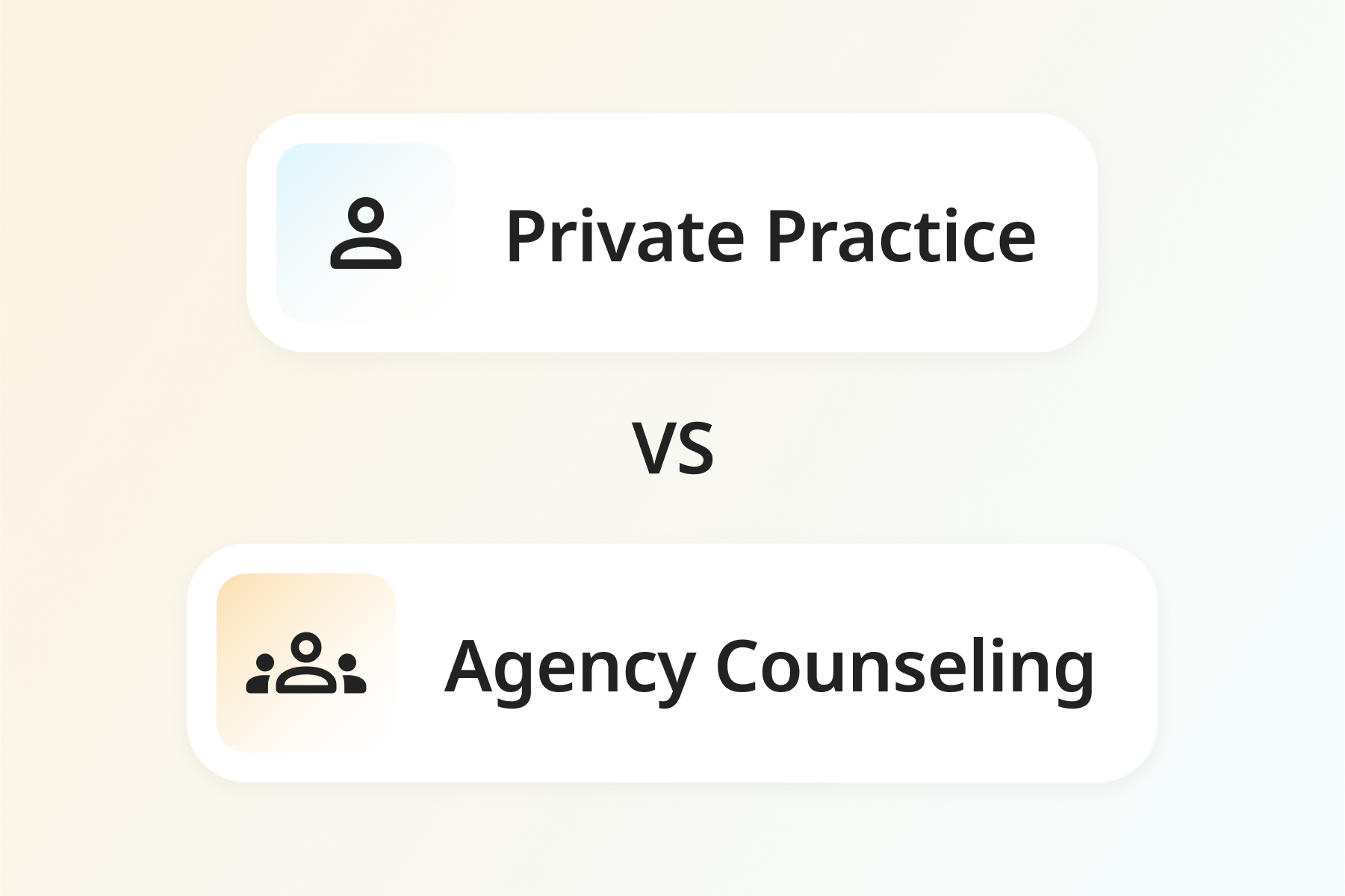Understanding Deductibles, Coinsurance, and Copays


Health insurance terms can make anyone’s head spin—clients and providers alike. But as a mental health professional, understanding these terms is key to getting paid correctly and explaining costs clearly to your clients.
Below is a plain-language breakdown of common terms you’ll come across and how they affect billing and collections in your practice.
What is a deductible?
A deductible is the amount a patient must pay out of pocket each year before their insurance begins to cover services.
- Deductibles typically reset annually (usually January 1, but sometimes mid-year).
- Until it’s met, insurance does not pay for services.
- You must submit claims to have the visit count toward the patient’s deductible.
- You may only collect your contracted rate—not your full fee—if you are in-network.
- The patient pays the full contracted amount for each visit until the deductible is met.
Example: Your client has a deductible of $1500 that is not met yet. Your full fee is $180 per session and insurance’s contracted rate is $120 per session.
- Patient pays: $120 (contracted rate)
- That $120 is applied toward their deductible.
- You do not collect your full $180 rate.
- Once the deductible is met, insurance starts covering a portion or all of the cost, and you'll receive payment from insurance and/or the patient based on their plan.
What is coinsurance?
Coinsurance is the percentage of a covered service that the patient pays after the deductible is met.
- Applies only after the deductible has been met.
- It is a percentage, not a flat fee.
- Insurance pays the remaining percentage.
- You are still paid only your contracted rate.
Example: Your contracted rate is $120 and coinsurance covers 20%. Your client’s deductible has not been met.
- Your client pays: $24 (20% of $120)
- Insurance pays: $96 (80%)
- You receive: $120
What is a copay?
A copay is the flat fee your client’s insurance sets—paid at check-in, whether their deductible’s been met or not.
Example: Your client’s insurance has a $30 copay for office visits. At check-in, they pay you $30.
What is a contracted rate?
A contracted rate is the amount an insurance company allows as a total reimbursement for a covered service that you provide to a client. (Learn more about contracted rates.) It’s a good rule of thumb to check your contract or call provider relations to confirm your contracted rate.
Example: You charge $175 for a 90837, but your contracted rate is $120.
- Your fee for a 90837: $175.
- Your contracted rate: $120.
- Amount you 'adjust off' your accepted fee for this insurance company: $55
Important insurance tips for providers
- Don’t waive coinsurance/copay unless it’s a documented financial hardship—this can violate your insurance contract.
- Always review the Explanation of Benefits (EOB) to confirm what the insurance paid and what the patient owes.
- Coinsurance and copy are not the same. Copay is a flat fee and coinsurance is a percentage (after the deductible is met).
- Be prepared to explain coinsurance, especially since patients often confuse it with copays.
- You’re required by most insurance contracts to collect the copay; routinely waiving it can be a violation.
Want more insurance tips? Read our blog on how to get better reimbursements from insurance companies.
And if you’re tired of the insurance and billing headache, let TherapyAppointment take some of that weight off your shoulders. Our all-in-one software simplifies insurance with easy eligibility verification, automated claim filing and tracking, and flexible claim processing.

.jpg)

